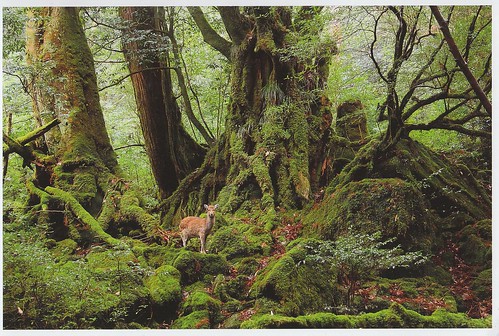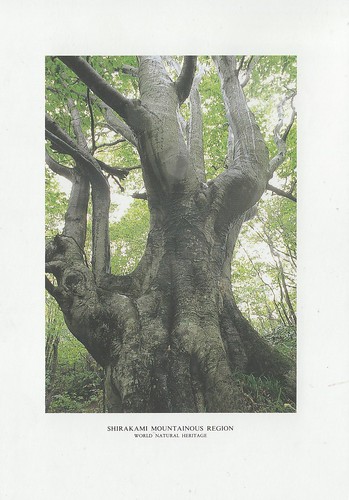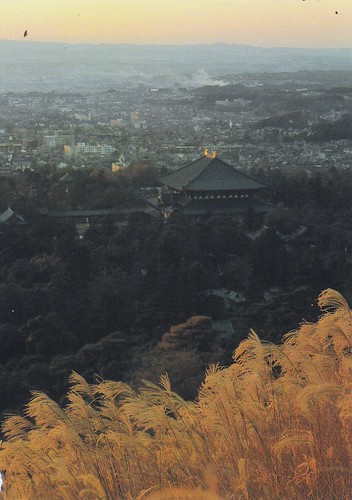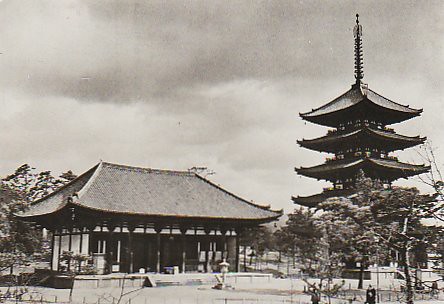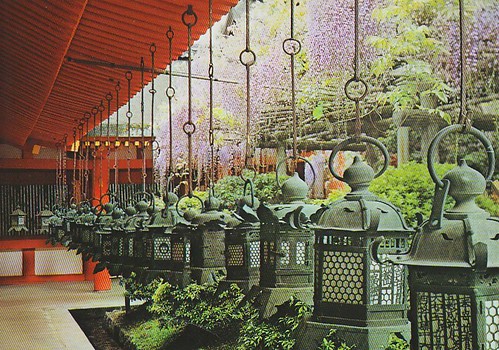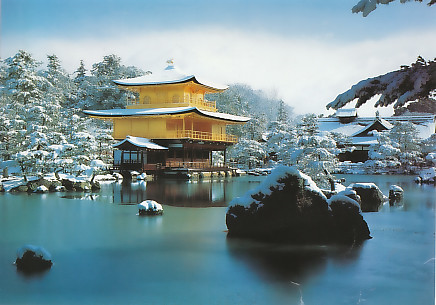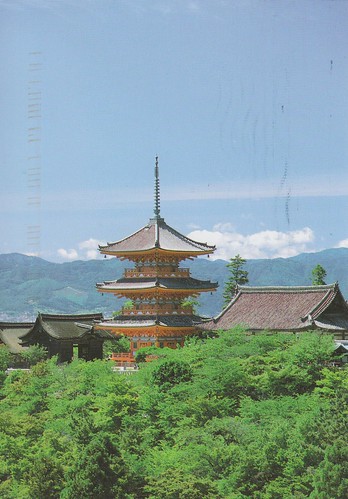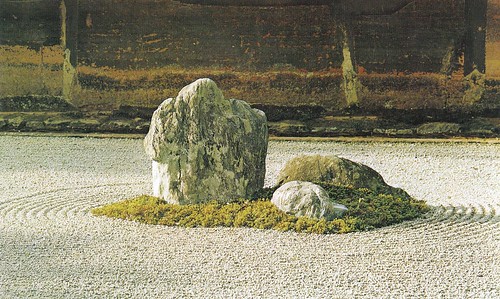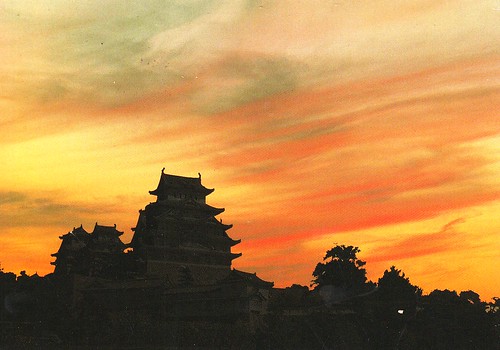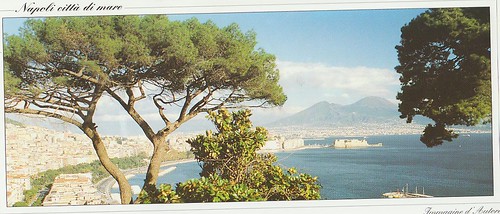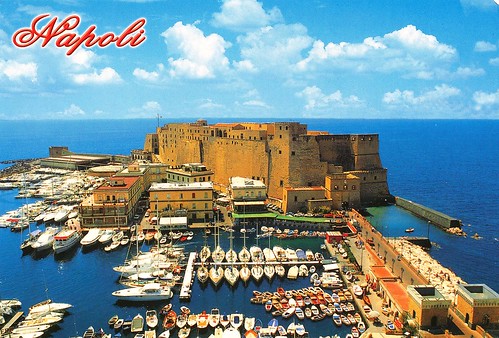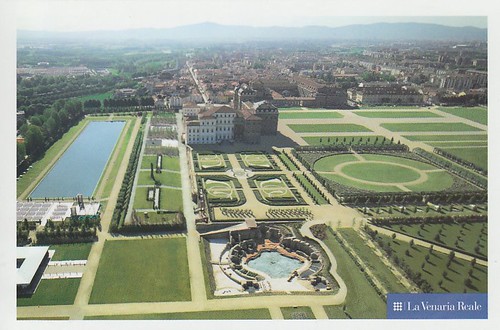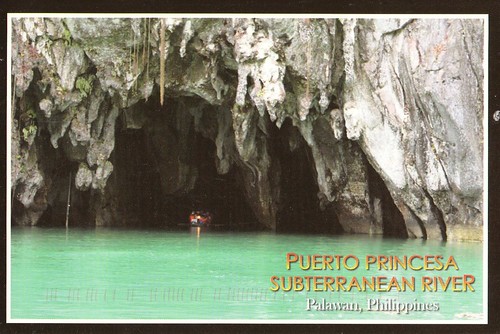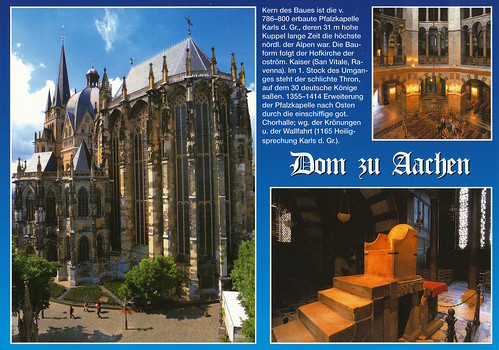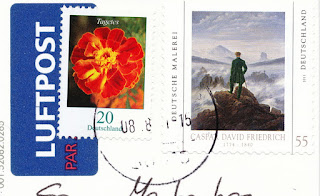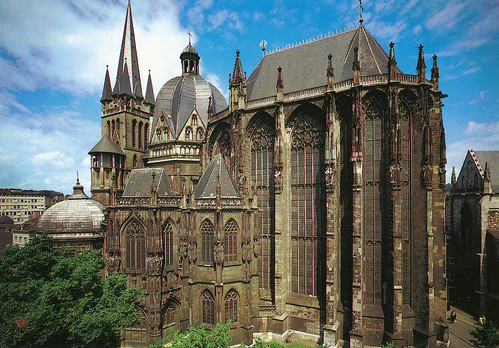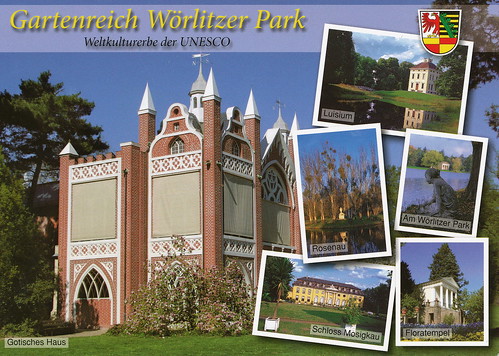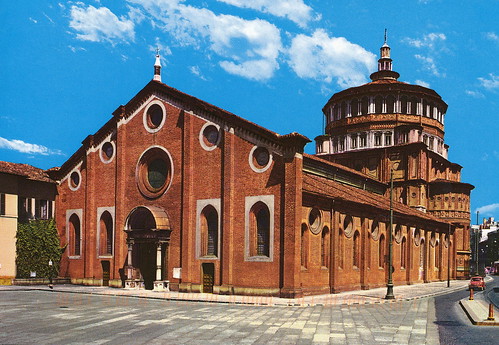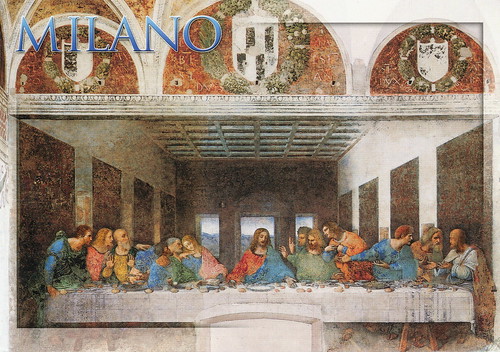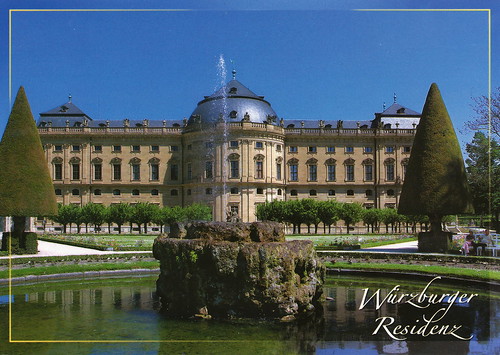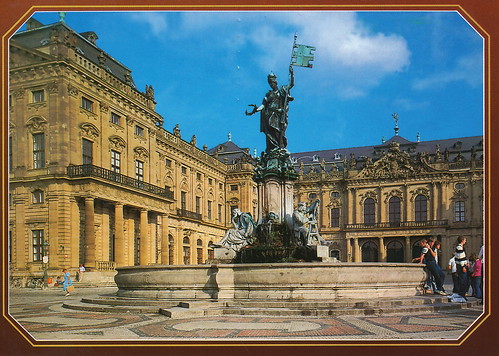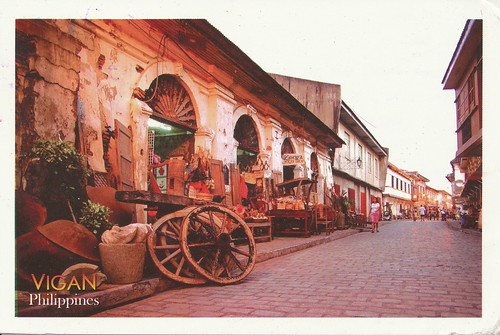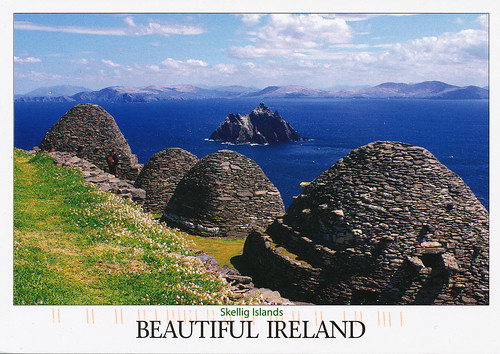Date of Inscription: 1993
31/10/2011
Japan - Yakushima
Located in the interior of Yaku Island, at the meeting-point of the palaearctic and oriental biotic regions, Yakushima exhibits a rich flora, with some 1,900 species and subspecies, including ancient specimens of the sugi (Japanese cedar). It also contains a remnant of a warm-temperate ancient forest that is unique in this region.
Date of Inscription: 1993
Date of Inscription: 1993
Japan - Shirakami-Sanchi
Situated in the mountains of northern Honshu, this trackless site includes the last virgin remains of the cool-temperate forest of Siebold's beech trees that once covered the hills and mountain slopes of northern Japan. The black bear, the serow and 87 species of birds can be found in this forest.
Date of Inscription: 1993
Date of Inscription: 1993
Japan - Itsukushima Shinto Shrine
The island of Itsukushima, in the Seto inland sea, has been a holy place of Shintoism since the earliest times. The first shrine buildings here were probably erected in the 6th century. The present shrine dates from the 12th century and the harmoniously arranged buildings reveal great artistic and technical skill. The shrine plays on the contrasts in colour and form between mountains and sea and illustrates the Japanese concept of scenic beauty, which combines nature and human creativity.
Date of Inscription: 1996
Date of Inscription: 1996
Japan - Historic Villages of Shirakawa-go and Gokayama
Located in a mountainous region that was cut off from the rest of the world for a long period of time, these villages with their Gassho-style houses subsisted on the cultivation of mulberry trees and the rearing of silkworms. The large houses with their steeply pitched thatched roofs are the only examples of their kind in Japan. Despite economic upheavals, the villages of Ogimachi, Ainokura and Suganuma are outstanding examples of a traditional way of life perfectly adapted to the environment and people's social and economic circumstances.
Date of Inscription: 1995
Date of Inscription: 1995
Japan - Historic Monuments of Ancient Nara
Nara was the capital of Japan from 710 to 784. During this period the framework of national government was consolidated and Nara enjoyed great prosperity, emerging as the fountainhead of Japanese culture. The city's historic monuments – Buddhist temples, Shinto shrines and the excavated remains of the great Imperial Palace – provide a vivid picture of life in the Japanese capital in the 8th century, a period of profound political and cultural change.
Date of Inscription: 1998
Postcard 1: Tōdai-ji,
Postcard 2: Kōfuku-ji,
Date of Inscription: 1998
Tōdai-ji,Kōfuku-ji,Kasuga Taisha,- Gangō-ji, Yakushi-ji,
- Tōshōdai-ji,
- Heijō Palace,
- Kasugayama Primeval Forest
Postcard 1: Tōdai-ji,
Postcard 2: Kōfuku-ji,
Postcard 3: Kasuga Taisha,
Japan - Historic Monuments of Ancient Kyoto (Kyoto, Uji and Otsu Cities)
Built in A.D. 794 on the model of the capitals of ancient China, Kyoto was the imperial capital of Japan from its foundation until the middle of the 19th century. As the centre of Japanese culture for more than 1,000 years, Kyoto illustrates the development of Japanese wooden architecture, particularly religious architecture, and the art of Japanese gardens, which has influenced landscape gardening the world over.
Date of Inscription: 1994
Date of Inscription: 1994
Japan - Himeji-jo
Visited in 2008


Himeji-jo is the finest surviving example of early 17th-century Japanese castle architecture, comprising 83 buildings with highly developed systems of defence and ingenious protection devices dating from the beginning of the Shogun period. It is a masterpiece of construction in wood, combining function with aesthetic appeal, both in its elegant appearance unified by the white plastered earthen walls and in the subtlety of the relationships between the building masses and the multiple roof layers.
Date of Inscription: 1993
Date of Inscription: 1993
The pictures below are photos i've taken on October 2nd, 2011 while we visited this "castle"


Italy - Historic Centre of Naples
From the Neapolis founded by Greek settlers in 470 B.C. to the city of today, Naples has retained the imprint of the successive cultures that emerged in Europe and the Mediterranean basin. This makes it a unique site, with a wealth of outstanding monuments such as the Church of Santa Chiara and the Castel Nuovo.
Date of Inscription: 1995
Postcard 1: official Postcrossing card IT-81684
Date of Inscription: 1995
Postcard 1: official Postcrossing card IT-81684
Residences of the Royal House of Savoy - Italy
When Emmanuel-Philibert, Duke of Savoy, moved his capital to Turin in 1562, he began a vast series of building projects (continued by his successors) to demonstrate the power of the ruling house. This outstanding complex of buildings, designed and embellished by the leading architects and artists of the time, radiates out into the surrounding countryside from the Royal Palace in the 'Command Area' of Turin to include many country residences and hunting lodges.
Date of Inscription: 1997
Minor modification inscribed year: 2010
Postcard 1: rec - 07 Oct 2011 - private trade with sunshine_m (marta) - La Venaria Reale - she wrote that she had visited this site one year ago and that she liked it a lot! it was restored few years ago after many years of abandon.
Date of Inscription: 1997
Minor modification inscribed year: 2010
Postcard 1: rec - 07 Oct 2011 - private trade with sunshine_m (marta) - La Venaria Reale - she wrote that she had visited this site one year ago and that she liked it a lot! it was restored few years ago after many years of abandon.
Postcard 2: official Postcrossing card IT-70363
Italy - Botanical Garden (Orto Botanico), Padua
The world's first botanical garden was created in Padua in 1545. It still preserves its original layout – a circular central plot, symbolizing the world, surrounded by a ring of water. Other elements were added later, some architectural (ornamental entrances and balustrades) and some practical (pumping installations and greenhouses). It continues to serve its original purpose as a centre for scientific research.
Date of Inscription: 1997
Stamp received from sunshine_m
Date of Inscription: 1997
Stamp received from sunshine_m
Philippines - Puerto-Princesa Subterranean River National Park
Date of Inscription: 1999
Postcard 1: private Swap received from ritz - rec dec 2010
28/10/2011
Germany - Aachen Cathedral
Construction of this palatine chapel, with its octagonal basilica and cupola, began c. 790–800 under the Emperor Charlemagne. Originally inspired by the churches of the Eastern part of the Holy Roman Empire, it was splendidly enlarged in the Middle Ages.
Date of Inscription: 1978
Postcard 1: Meet up RR 50 B von Ines
Postcard 2: Meet up RR 50 B von Simi (Meetingcard)
Date of Inscription: 1978
Postcard 1: Meet up RR 50 B von Ines
Postcard 2: Meet up RR 50 B von Simi (Meetingcard)
27/10/2011
Germany - Roman Monuments, Cathedral of St Peter and Church of Our Lady in Trier
Trier, which stands on the Moselle River, was a Roman colony from the 1st century AD and then a great trading centre beginning in the next century. It became one of the capitals of the Tetrarchy at the end of the 3rd century, when it was known as the ‘second Rome’. The number and quality of the surviving monuments are an outstanding testimony to Roman civilization.
Date of Inscription: 1986
Date of Inscription: 1986
Postcard 1: Liebfrauenkirche and St. Peters Dom in Trier - rec from Janet as a private swap
26/10/2011
Germany - Garden Kingdom of Dessau-Wörlitz
The Garden Kingdom of Dessau-Wörlitz is an exceptional example of landscape design and planning of the Age of the Enlightenment, the 18th century. Its diverse components - outstanding buildings, landscaped parks and gardens in the English style, and subtly modified expanses of agricultural land - serve aesthetic, educational, and economic purposes in an exemplary manner.
Date of Inscription: 2000
Date of Inscription: 2000
24/10/2011
Italy - Church and Dominican Convent of Santa Maria delle Grazie with
Visited with my last class in college 2003 (Physik - Class)
The refectory of the Convent of Santa Maria delle Grazie forms an integral part of this architectural complex, begun in Milan in 1463 and reworked at the end of the 15th century by Bramante. On the north wall is The Last Supper, the unrivalled masterpiece painted between 1495 and 1497 by Leonardo da Vinci, whose work was to herald a new era in the history of art.
Date of Inscription: 1980
Date of Inscription: 1980
23/10/2011
Germany - Würzburg Residence with the Court Gardens and Residence Squar
This magnificent Baroque palace – one of the largest and most beautiful in Germany and surrounded by wonderful gardens – was created under the patronage of the prince-bishops Lothar Franz and Friedrich Carl von Schönborn. It was built and decorated in the 18th century by an international team of architects, painters (including Tiepolo), sculptors and stucco-workers, led by Balthasar Neumann.
Date of Inscription: 1981
Minor modification inscribed year: 2010
Postcard 1: BIG UNESCO RR 21 - hexentrio
Minor modification inscribed year: 2010
Postcard 1: BIG UNESCO RR 21 - hexentrio
Postcard 3: BIG UNESCO RR #37 - sarahkristin rec in Sep 2011
Philippines - Historic Town of Vigan
Date of Inscription: 1999
Postcard 1: MeetUp RR #50B from janbonivic
This Post is dedicated to the Sunday Stamps # 41 friends :) as you can notice i try to not forget to add every Sunday a post with a matching stamps... Well i could prepare the blogpost before today - but i think its much more fun to wake up (to early this sunday - but i'm ill and miffy...) prepare a big huge cup of coffee, enjoy the silence when no one else is already up. See the Autumn mist and the orange, red leaves in front of my windows... going through my UNESCO box and choose something... first i thought: well thats easy i will take something from japan. first: i was there and could tell you stories over stories, then i really like the stamps which they issue (aren't the pretty?) AND well the third point is missing... better say: it's easier to manage the Philippines UNESCO Sites than the Japanese ones... and as you all know i'm still in reordering - phase from my collection.
To cut a long story short: Here we are with those two stamps from Philippines.
The Stamp on the left side shows a Yellow-striped Snapper which is one out of a 4 Marine Biodiversity Definitives Issue.The stamp on the right side is dedicated to Dr. Jose Rizal, the National Hero for his 150th Birth Anniversary. (More about him: http://www.joserizal.ph/bg01.html)
21/10/2011
Ireland - Skellig Michael
This monastic complex, perched since about the 7th century on the steep sides of the rocky island of Skellig Michael, some 12 km off the coast of south-west Ireland, illustrates the very spartan existence of the first Irish Christians. Since the extreme remoteness of Skellig Michael has until recently discouraged visitors, the site is exceptionally well preserved.
Date of Inscription: 1996
Postcard 1: rec Aug 2011 for the monthly RR from chrissybaby
Date of Inscription: 1996
Postcard 1: rec Aug 2011 for the monthly RR from chrissybaby
Subscribe to:
Posts (Atom)

